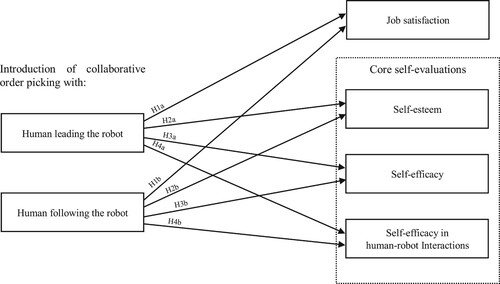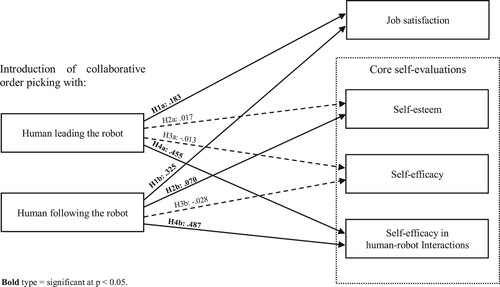Figures & data
Figure 2. Warehouse lab layout (units in mm).
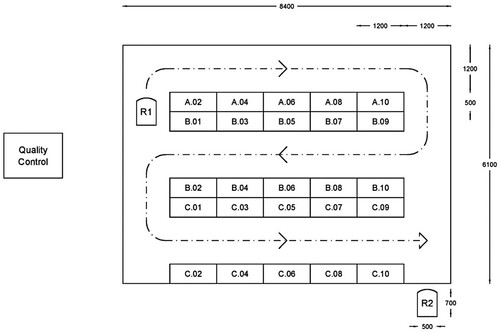
Figure 3. The participant's experimental journey.
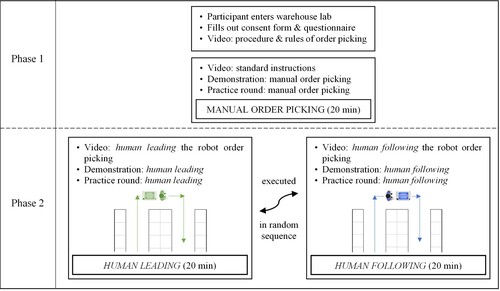
Figure 4. Left: Manual order picking with cart (Phase 1). Middle and Right: human–robot collaborative order picking (Phase 2; human leading and robot following, human following and robot leading).
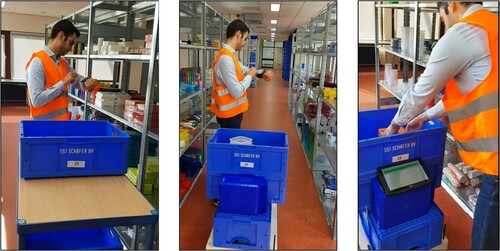
Table 1. Descriptive statistics (mean, standard deviation) and measurement timing of outcome variables.
Table 2. Linear mixed-effects models predicting Job Satisfaction, Self-Esteem, Self-Efficacy, Self-Efficacy in Human–Robot interaction.
Data availability statement
The data that support the findings of this study are available (anonymized) from the corresponding author, upon reasonable request.

